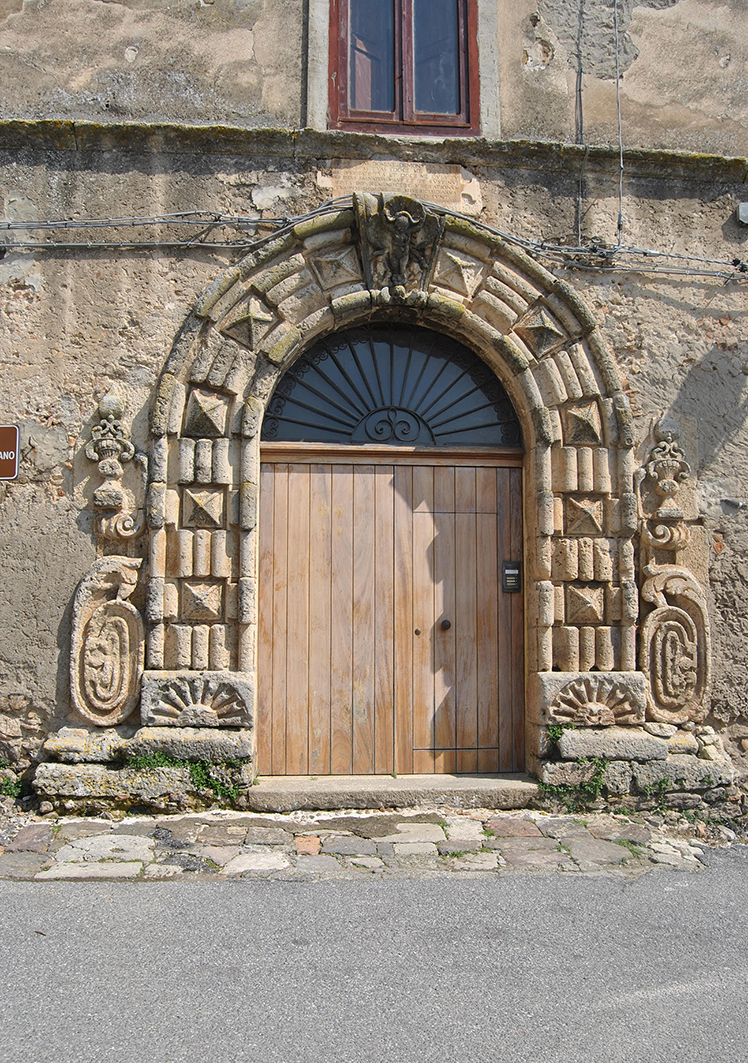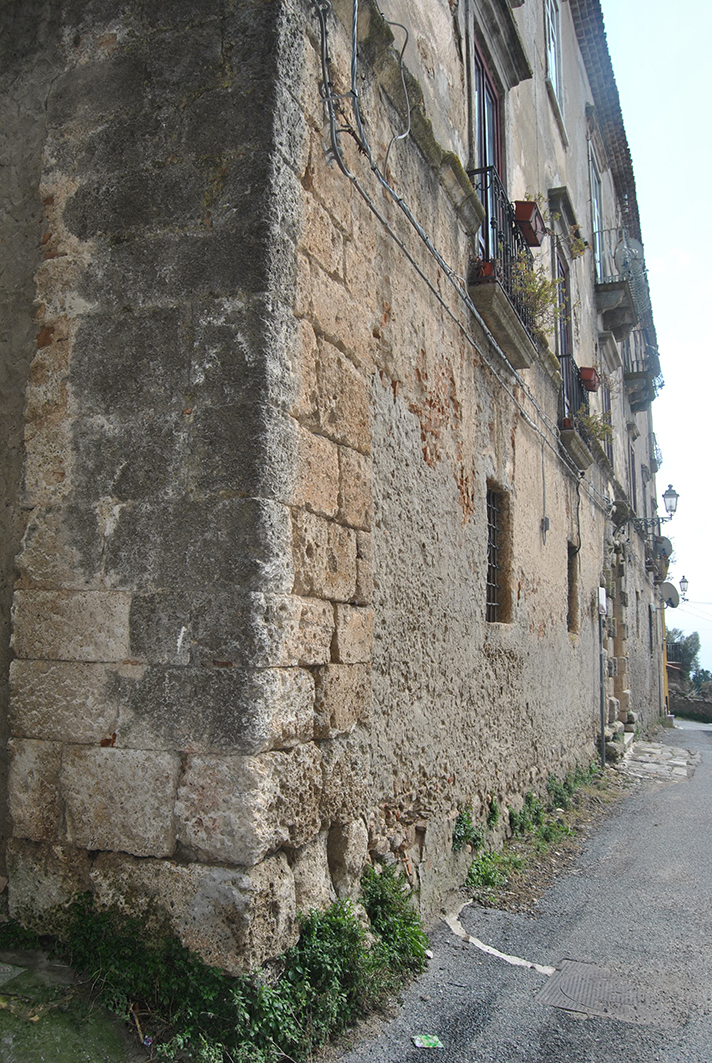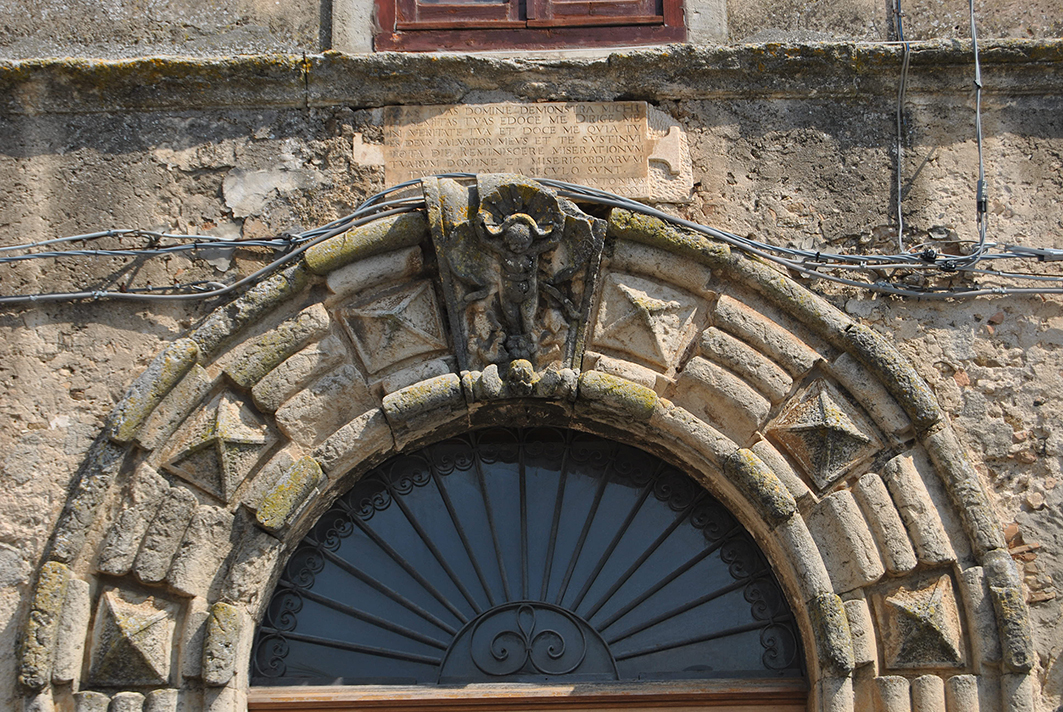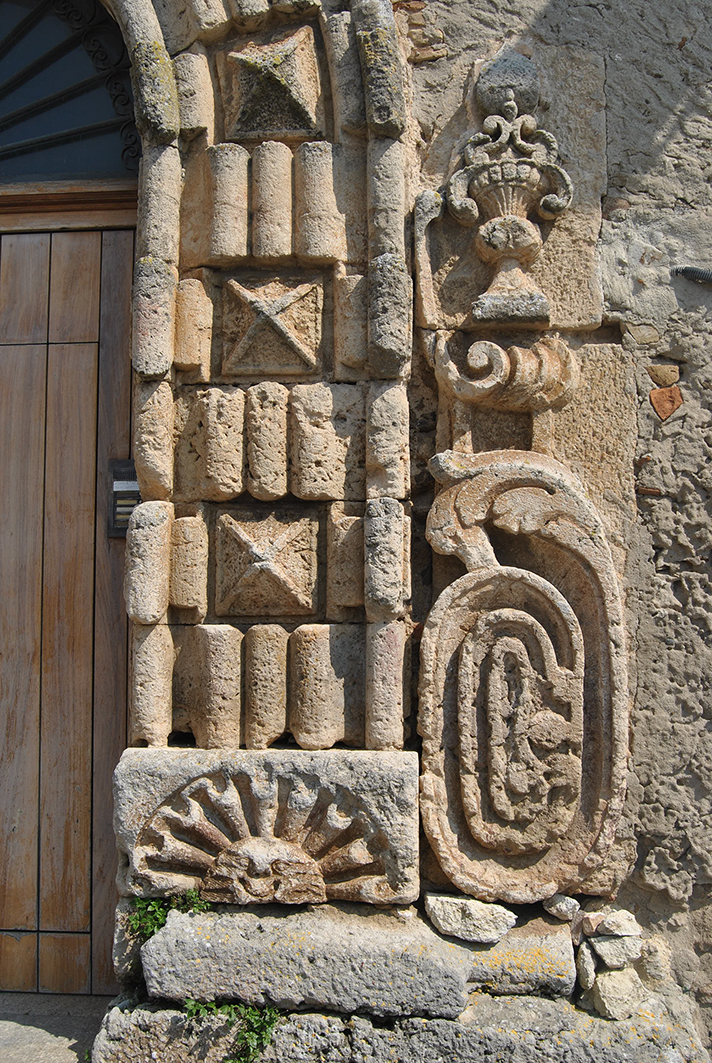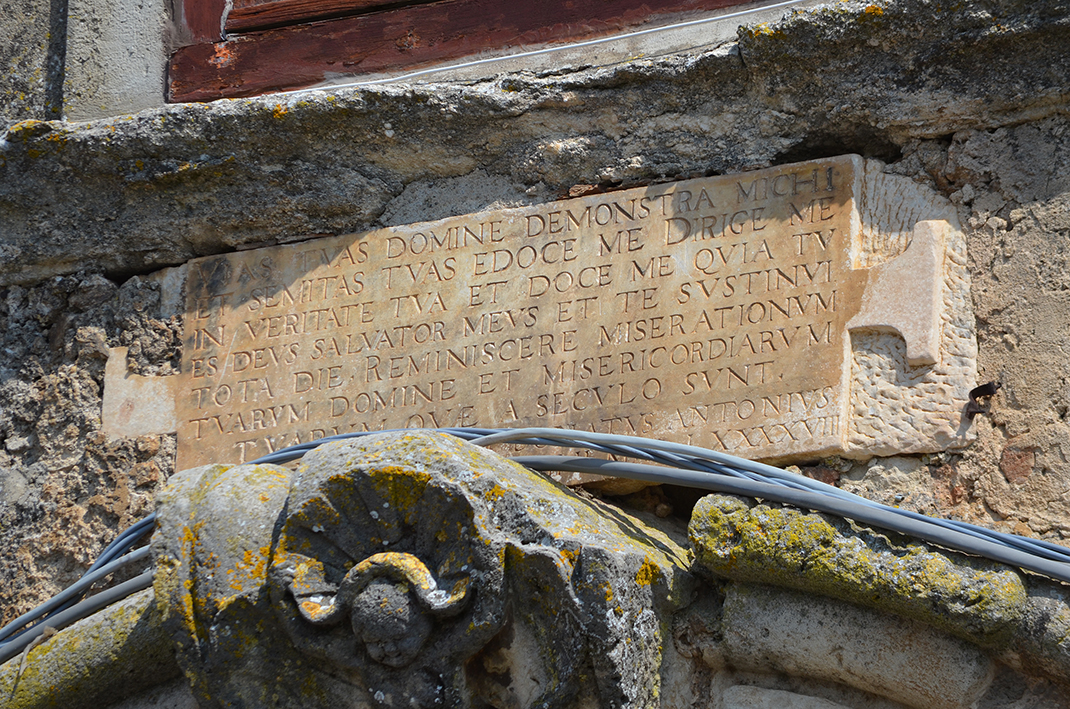Read more
Scheda scientifica sul palazzo
Scheda scientifica su una delle iscrizioni funerarie murate nel palazzo
Scheda scientifica su una delle iscrizioni funerarie murate nel palazzo
Scheda scientifica sull’effigie maschile antica murata nel palazzo
Scheda scientifica della statua antica di Eracle fanciullo murata nel palazzo
